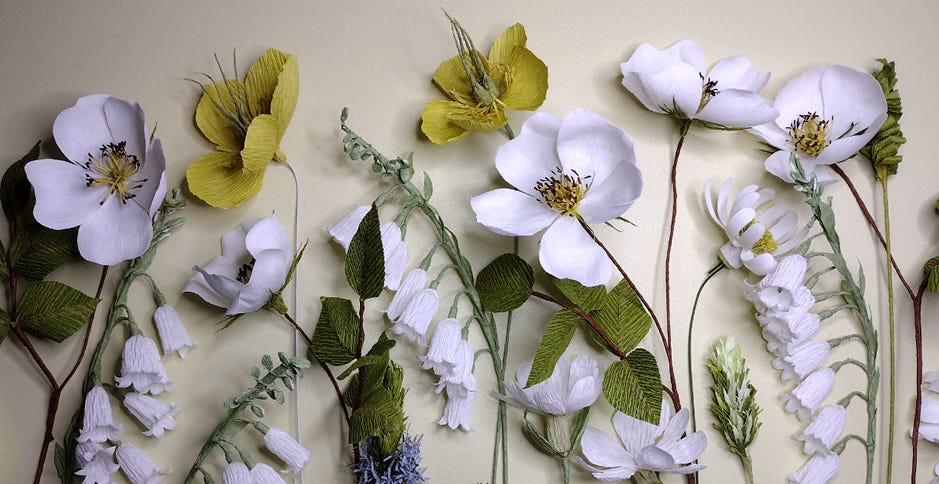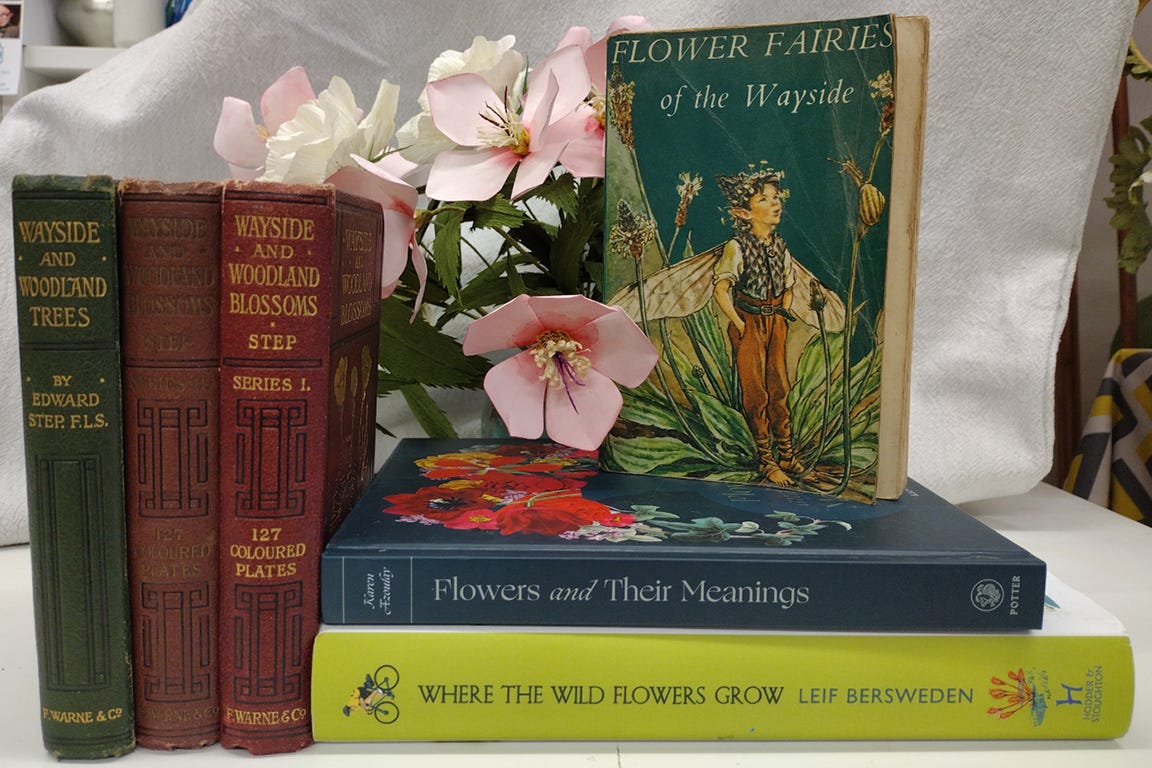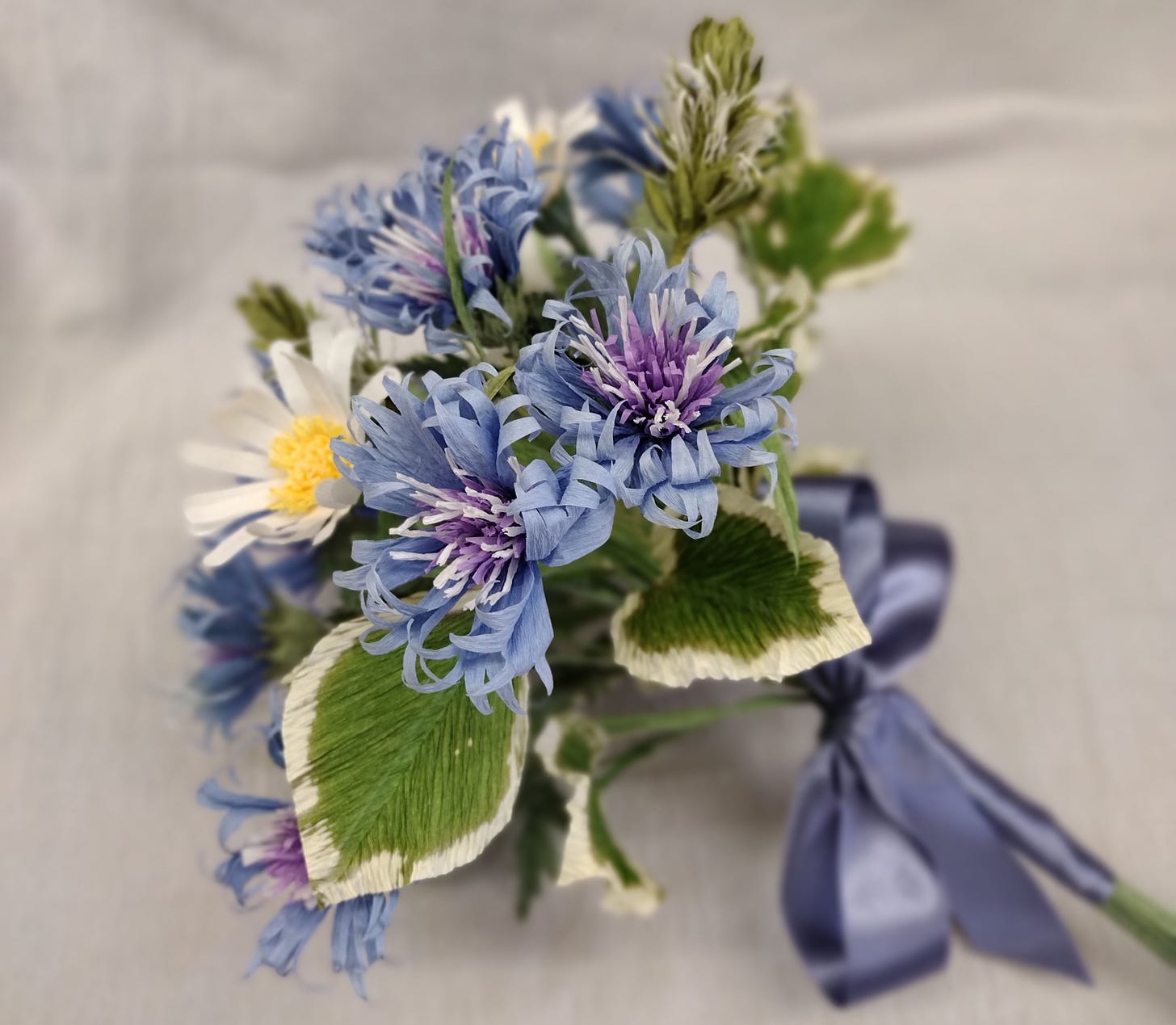
Dear flower friends,
How are you? Did you have a good start to the day? I did! I woke up to sunshine (after what can only be described as a monsoon the night before) and when armed with my tea and ready to check communications I was greeted by an interview with the enthusiastically joyful botanistLeif Bersweden by @ukyouth4nature. Have you met Leif Bersweden yet? You may have seen him crouching very close to the ground and getting terribly excited about plants on BBC’s Springwatch. He’s a super enthusiastic and engaging botanist as well as author of a couple of great books about plants and flowers.
I discovered Leif in 2022 through “Where the Wild Flowers Grow”, an engaging tale of his journey around the UK and Ireland, exploring the unique plants that grow in our wild isles and meeting people who go in search for them. The premise of the book is delicious and it’s not his first, back in 2017 he published ‘The Orchid Hunter’, a tale of his youthful quest to find every species of orchid native to the UK - an obsession he has continued into his PhD researching Man Orchids.
But what immediately drew me into this work was his description of Victorian Botanist Edward Step F.L.S., as the spark which ignited young Leif’s passion for wild flowers.
What, you haven’t heard of Edward Step? What do you mean?! Well, neither had I, until, randomly searching a charity shop for old pots and pans, I happened upon two small, dusty, leather bound books: Wayside and Woodland Blossoms Series I and II. Beautiful oxblood red books with gold tooling, I didn’t hesitate to claim them! Series I bears the inked inscription “Audrey Moss, March 1916” and Series II is dated a year later. Who was Audrey? An enthusiastic amateur who wished for books about botany on her birthday? I’ll never know, but the books are beautiful inside and out, with coloured illustrations (by Mrs Mabel E. Step).
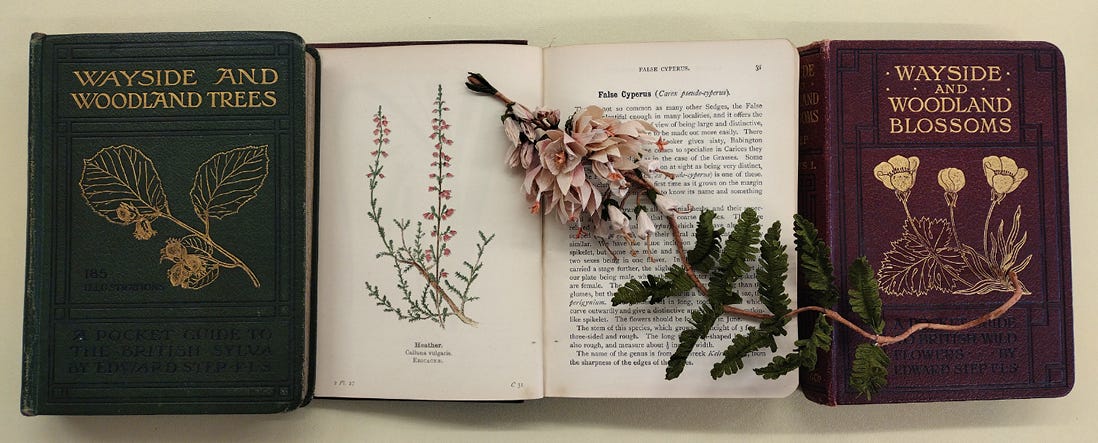
Why was I so excited, given my extensive library of wild flower books? My go to flower book is a battered Readers Digest, a gift for Christmas 40 years ago. A lovely hard back book, water damaged and no doubt discounted - a treat for flower obsessed child. It has been my bible for years, bringing the plants to life with both photographs and illustrations, folk names and folk lore as well as basic scientific description. The kind of book that makes the plants come to life for you, places them in a setting, introduces them to you like new friends. Reading the wise words of Mr Step I knew I had found a kindred spirit:
The purpose of this book is to assist a very large and increasing class of persons who possess a strong love of flowers, but to whom the ordinary “floras” - indispensable as they are to the scientific botanist - are as books written in an unknown tongue. With the enormous increase of our town populations…there has grown up a truer appreciation of the country and of all that is beautiful in nature…it is hoped that this work may be of service to those who thus steal back to the arms of their Mother, but have not the inclination to spell out and painfully translate the carefully-made terms of the exact descriptions which learned men have written for the use of the scientific student. 1
I admit, I do find Latin nomenclature fascinating - trying to connect it to folk names, like foxgloves being ‘digitalis’ - and the various stages of classification of flowering plants, from angiosperms through genus, species and type - but can I keep it all in my head - and does this matter? No! Because I am not a botanist, I am an enthusiastic lover of wild plants and flowers! They delight me, and I love to soak up all the knowledge I can. Visiting schools, sessions often begin with an invitation to the children: naming certain types of flowering plant or sharing their favourite flower. I relish giving them a story or a fact about every flower they tell me, whether it be as simple as relating tulips to snowdrops or talking about therapeutic uses of lavender. The fact that you can eat a rose and that potatoes and tomatoes are closely related. These are the images that stick, like seeds planted in freshly turned earth. These are the things that we remember and Edward Step’s writing and obvious love of nature truly emphasises this. No doubt Leif and myself, a century after he wrote these words, are merely the latest in a long line of plant lovers inspired by his gentle prose.
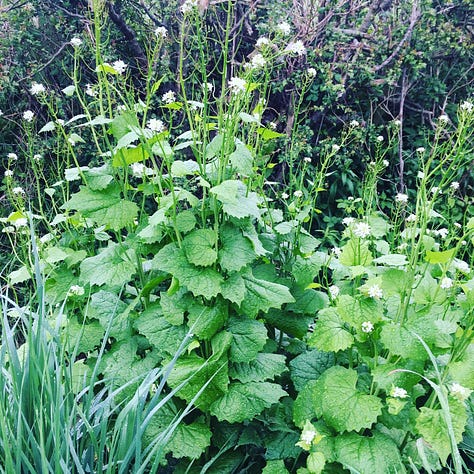
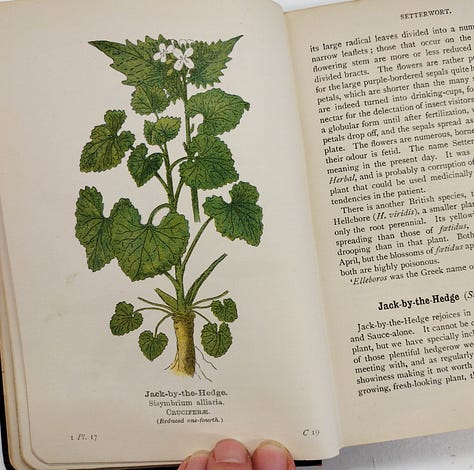
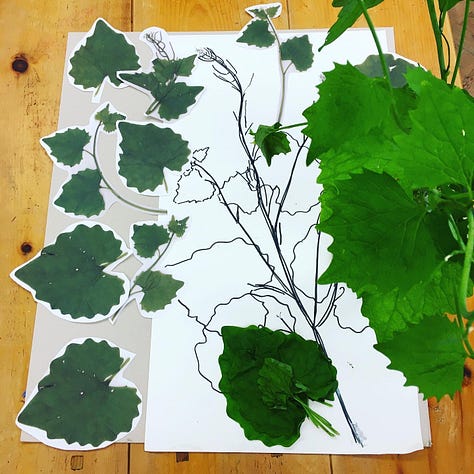
When I go walking on my familiar path, I like to stop and greet my friends, the wild flowers. Writing about Jack-by-the -Hedge (Garlic Mustard) Step says:
“… it is one of those plentiful hedgerow weeds that people are constantly meeting with, and as regularly ignoring, its lack of beauty or showiness making it not worth ‘working out’.”2
Thank you, Mr Step, for sharing your love of wild flowers, and thank you Leif Bersweden, for your infectious enthusiasm. I’m off for a couple of weeks holiday and I’m looking forward to making new botanical friends in hotter climes.
Until next time, thanks for reading. With love, Ling
PS I have decided to publish course listings separately for those who are interested. This weekly letter for subscribers doesn’t feel like the right place! So… if you want to know about classes and workshops but you have not yet joined my mailing list please head over to paperbydragonfly.com and sign up now!
Wayside and Woodland Blossoms A pocket guide to British wildflowers for the country rambler (first series) by Edwards Step, F.L.S. pub. Warne & Co (undated, around 1915) Preface (v)
As above, p.19





